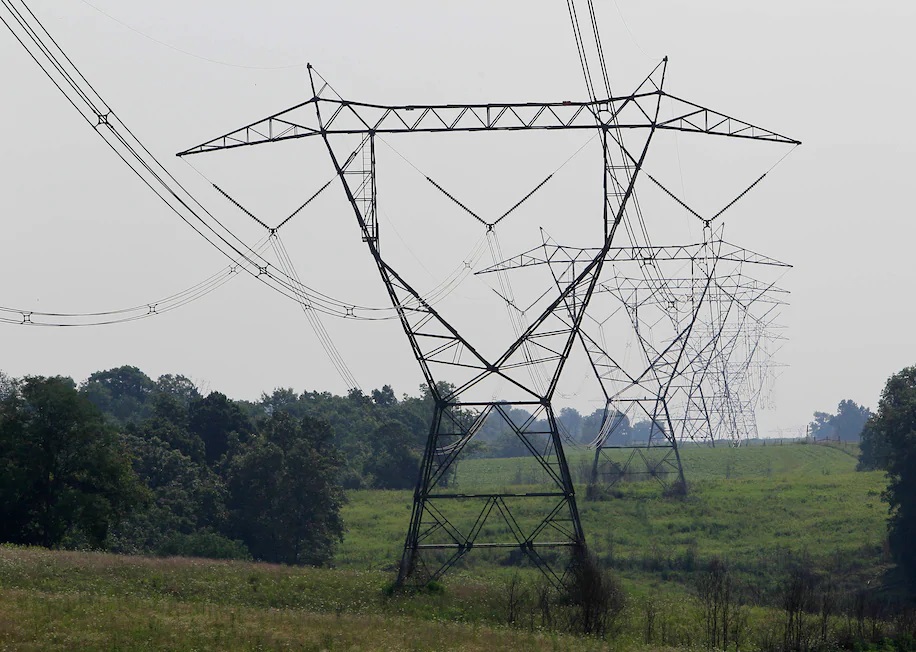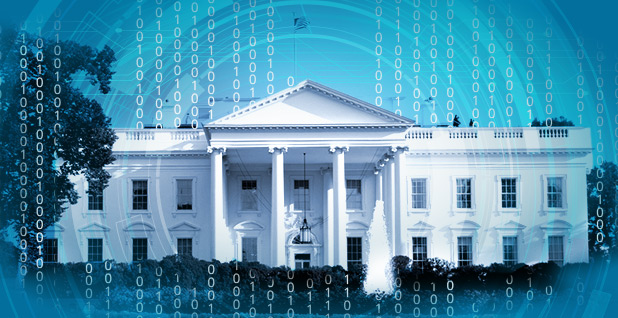The following article is from The Washington Post and is published by the Editorial Board. Click here to read the article on The Washington Post Website.

The United States’ electric grid is dynamic and diverse. This is perhaps a boon to consumers looking for lower costs, but a burden when it comes to securing the system. Generators, transmitters, distributors and retail providers are so interconnected that a salvo against one could set off a chain reaction across companies and states. Because the private sector largely owns and operates these critical assets, the government can’t simply execute a course of action. Then there’s the problem of classified information: You can’t very well counter a threat if you don’t know what it is because you don’t have the appropriate clearance.
The report offers several recommendations, including: Establish a clearinghouse to give system operators the information they need — and help them get access to classified information. Create and fund an agency to identify emerging threats and vulnerabilities. Build a nationwide testing network of microgrids designed to survive blackouts at federal facilities. Improve standards and reporting practices for the private sector, and reward those that demonstrate resilience. Invest in U.S. manufacturers to supply the largest and most essential transformers. Experts suspect China has already implanted malware in critical infrastructure.
This will require leadership and an ability to imagine a disaster that has yet to occur but too easily could — so that if the shock comes, we will be ready instead of surprised.



